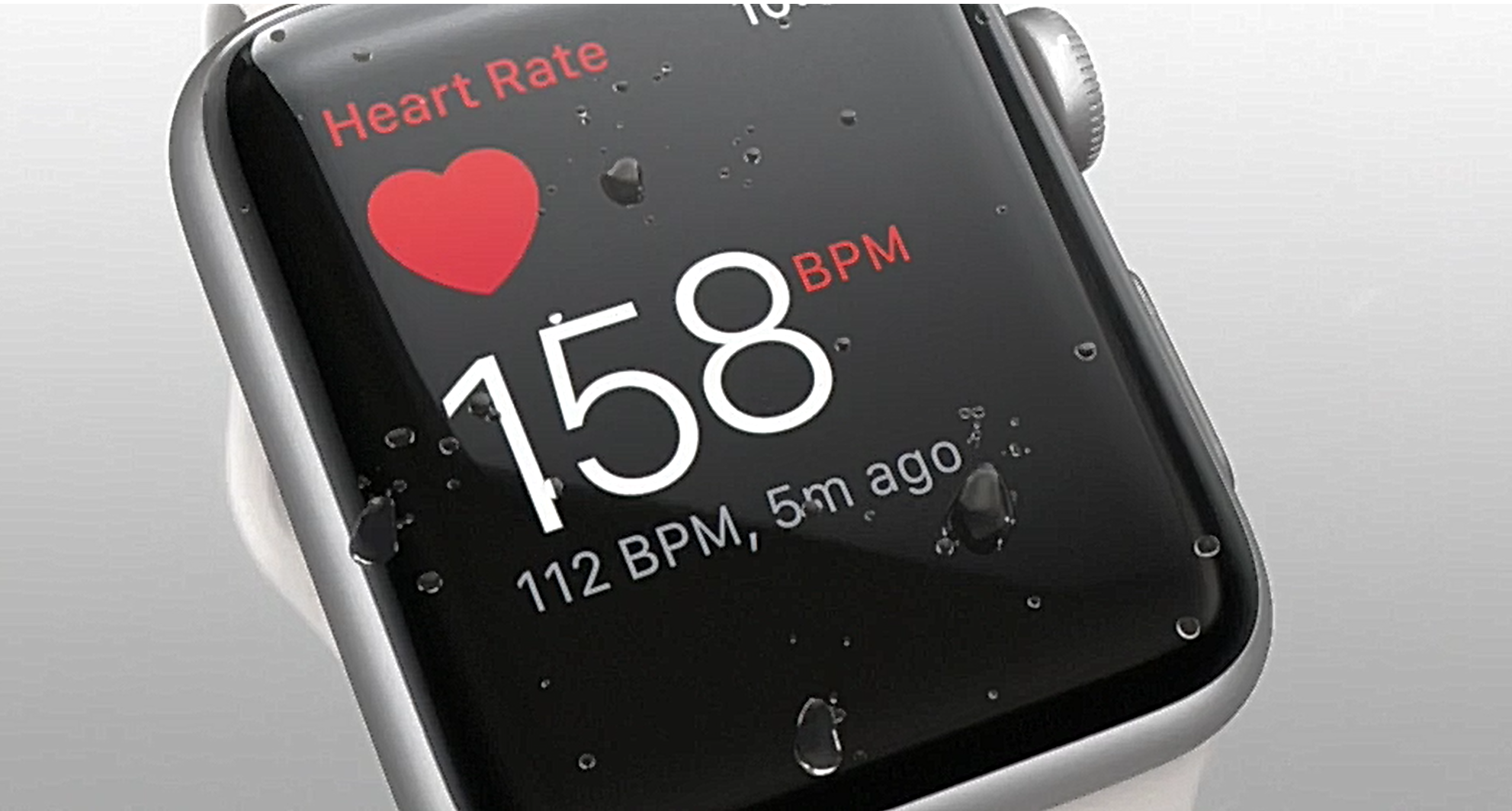
We have all heard stories about how the Apple Watch is doing some great things to help keep people healthy. The newer generation Apple Watch has a sensor inside, which can let you know if you are having a heart “episode”. This has saved some lives, which makes the feature really incredible. When this feature was first announced, I was fully supportive of it, but I also asked the question about whether or not the Watch had the capability of doing other things? At the time, there was the idea that maybe it could be used to help treat or prevent diabetes. Something that would be greatly beneficial to the diabetic community.
While it hasn’t been able to detect low or high blood sugar levels, it has been able to help one man. Chuck La Tournous, says that the Apple Watch played a key role in identifying the fact that he had multiple blood clots. As a result, this is helping him manage his diabetes. La Tournous describes his experience:
“In May 2016, my body decided to suddenly surprise me with multiple blood clots. They blocked some pretty important arteries in my heart and lungs, which led me to almost…what’s the technical term? Oh right: Die. Luckily, my Apple Watch’s heart rate monitor was on the job and convinced me that I was experiencing something more serious than a stressful day. I sought the proper medical attention in time, and the story had a very happy ending.”
As I mentioned earlier, this feature isn’t new. In fact, it’s been proven to have saved lives in the past. But this is the first time that the monitor effectively identified a blood clot. To clarify, the Watch itself didn’t identify the clot. The Watch identified an increased heart rate, or some kind of heart “episode”, which then prompted La Tournous to get it looked at. Thus, being able to identify the blood clots and save his life.
That’s not to say that the Watch can’t help monitor sugar intake. There are third-party apps that can help you track it. But the Watch itself doesn’t tell you how much sugar you’ve consumed by taking a reading. You have to input the information into the app, and it can help you determine how much sugar you’re consuming. While this is great, I would still like to see better capability with the Apple Watch to help monitor and subsequently manage diabetes.
Regardless, this is a good news story. La Tournous lost 50 pounds and reduced his waist size from 38 inches to 32 inches. Weight loss is a key component in fighting any disease. As someone who has struggled with weight for years, and who was pre-diabetic for a very long time, I am thrilled to see the Apple Watch helping someone out in this capacity. If I’m being honest, it has helped me as well. Not to the same extent, but it has given me more control over my life from a health perspective. How much exercise have I done today? Am I sleeping enough? Did I drink enough water? While these might seem like simple things, they all have an impact on your health in the long run.
I can’t wait to see what Apple has in store for future developments of the Watch.

[…] post Here’s How the Apple Watch Actually Saved Someone’s Life appeared first on Saintel […]